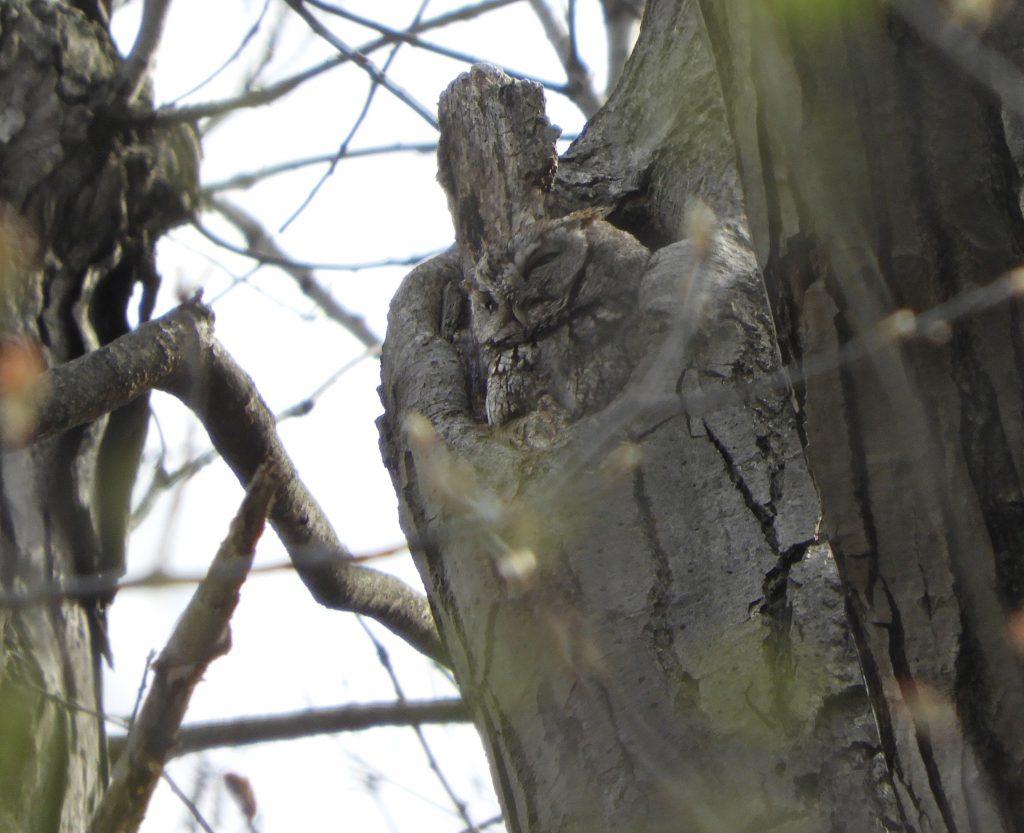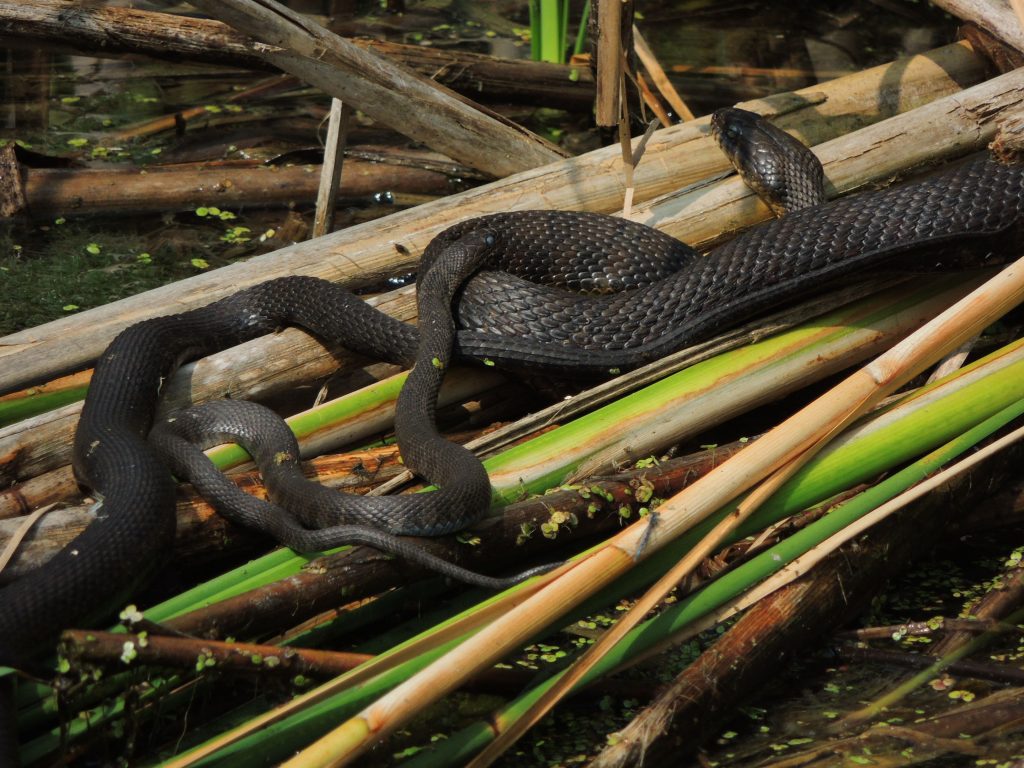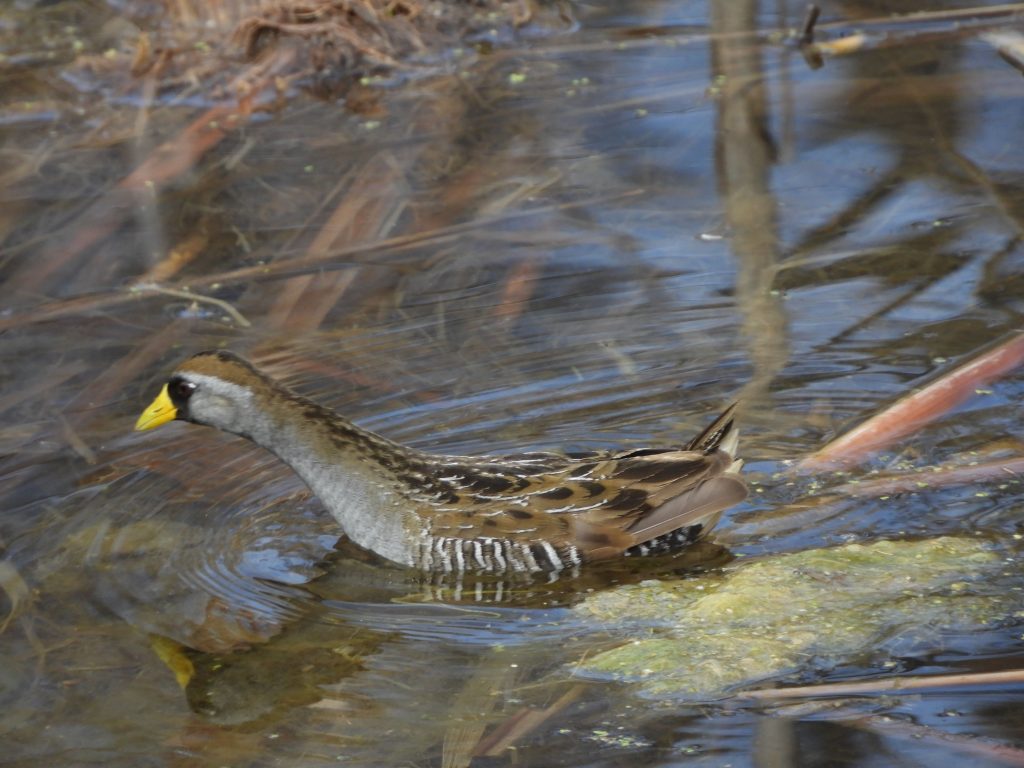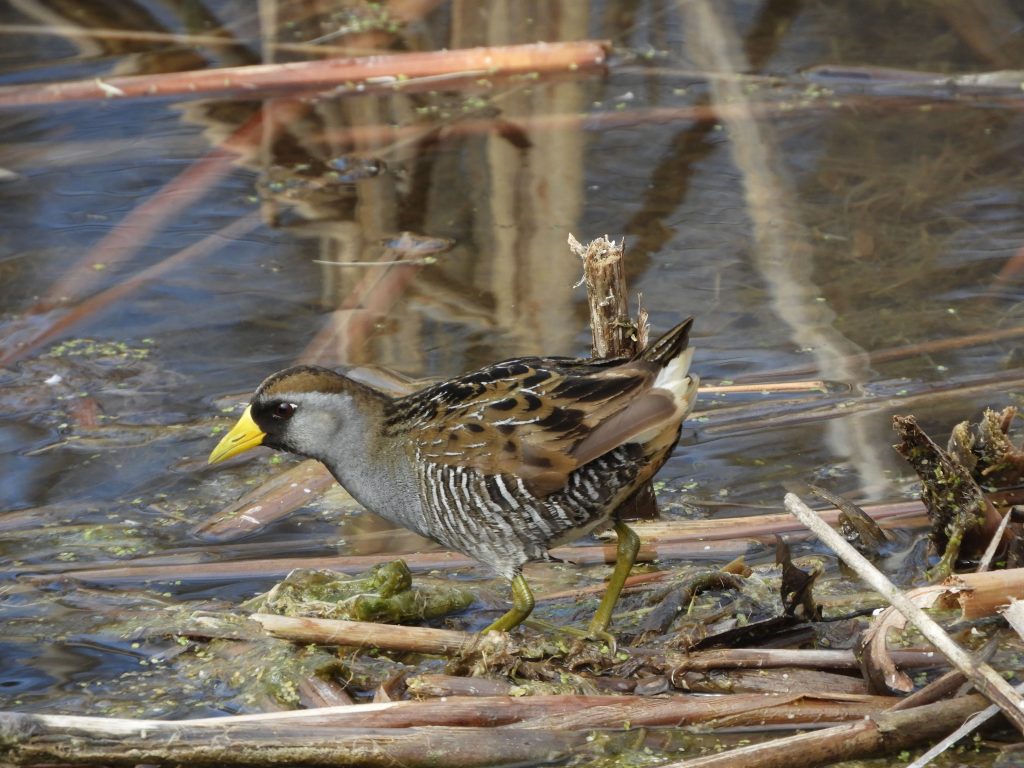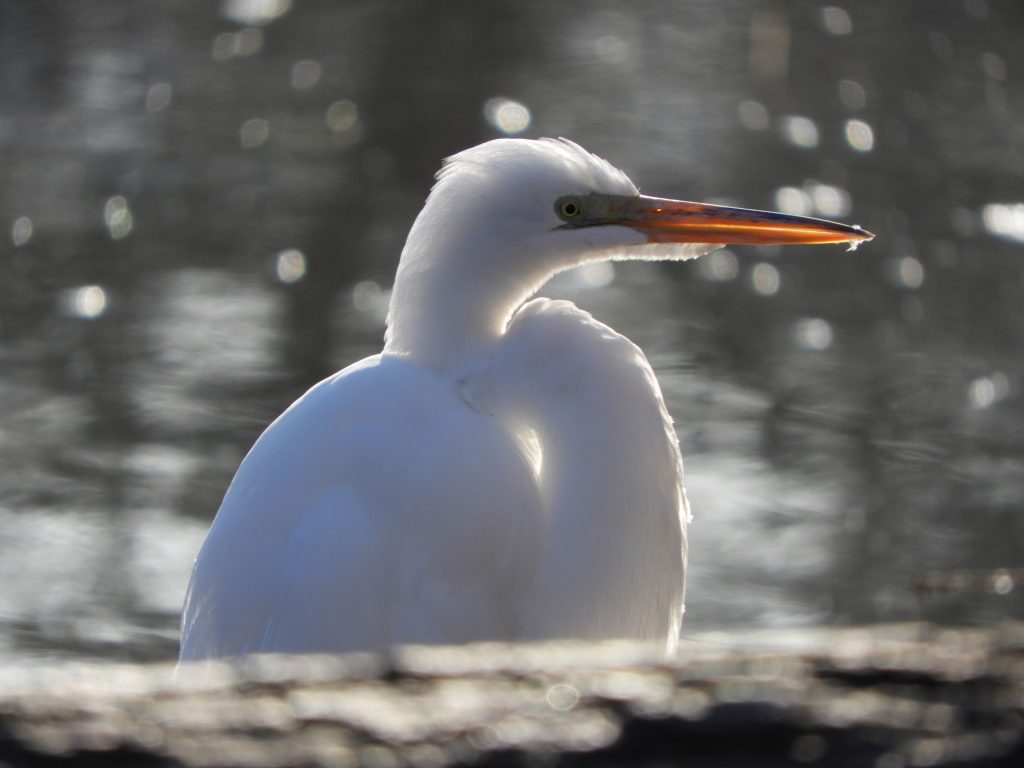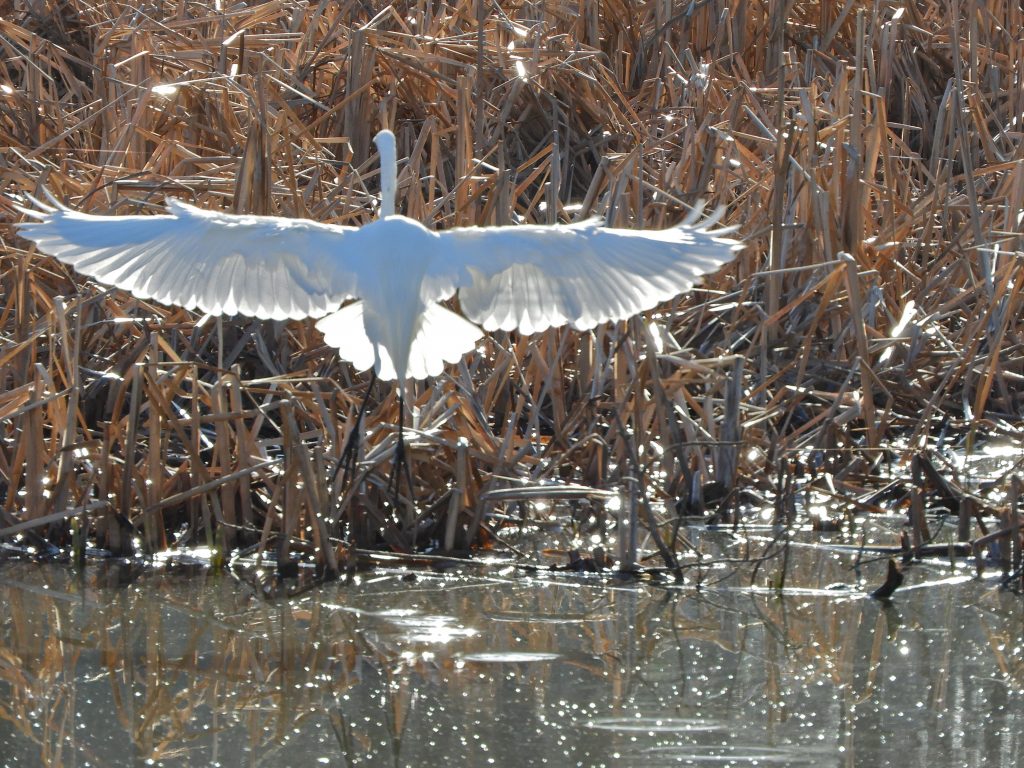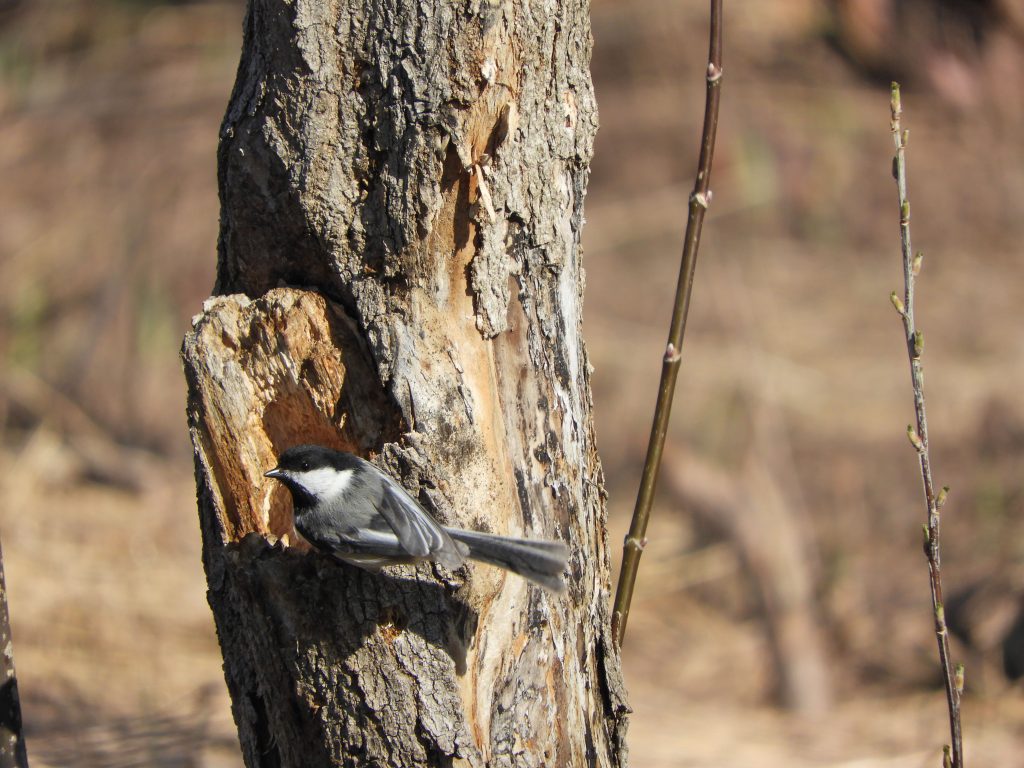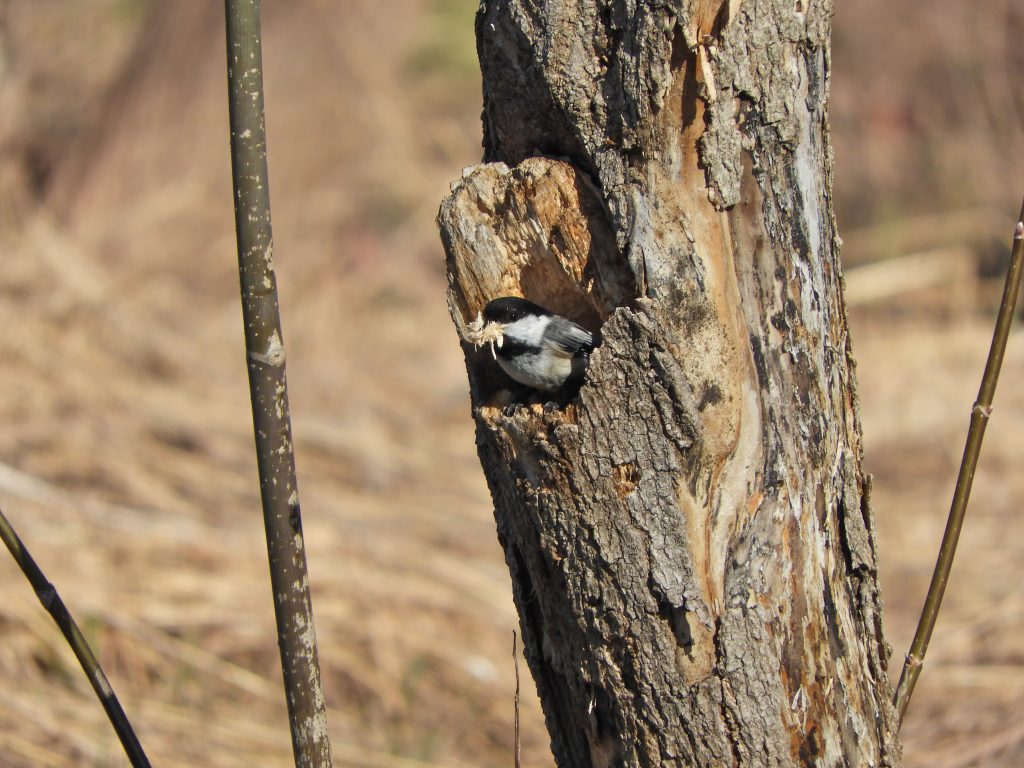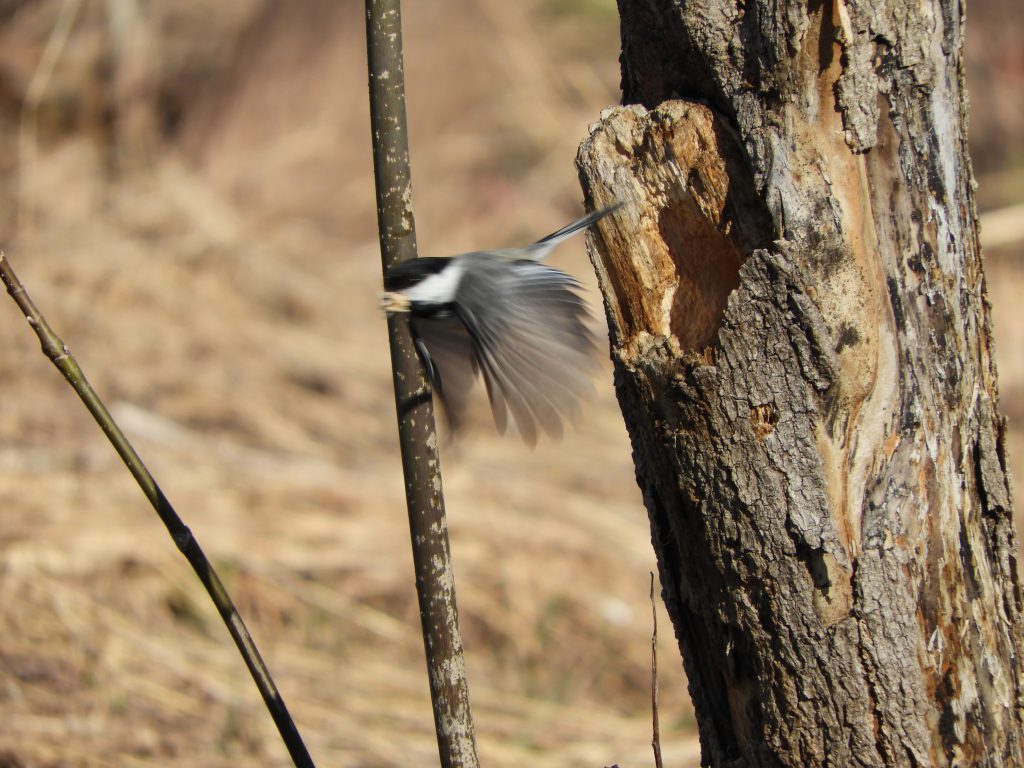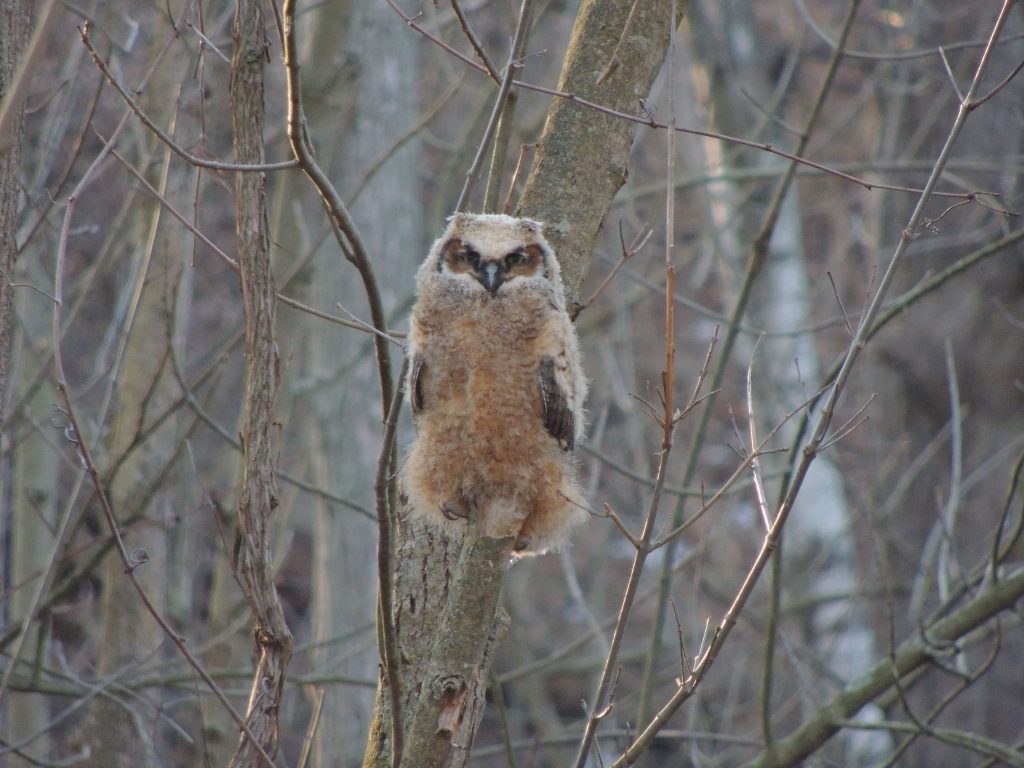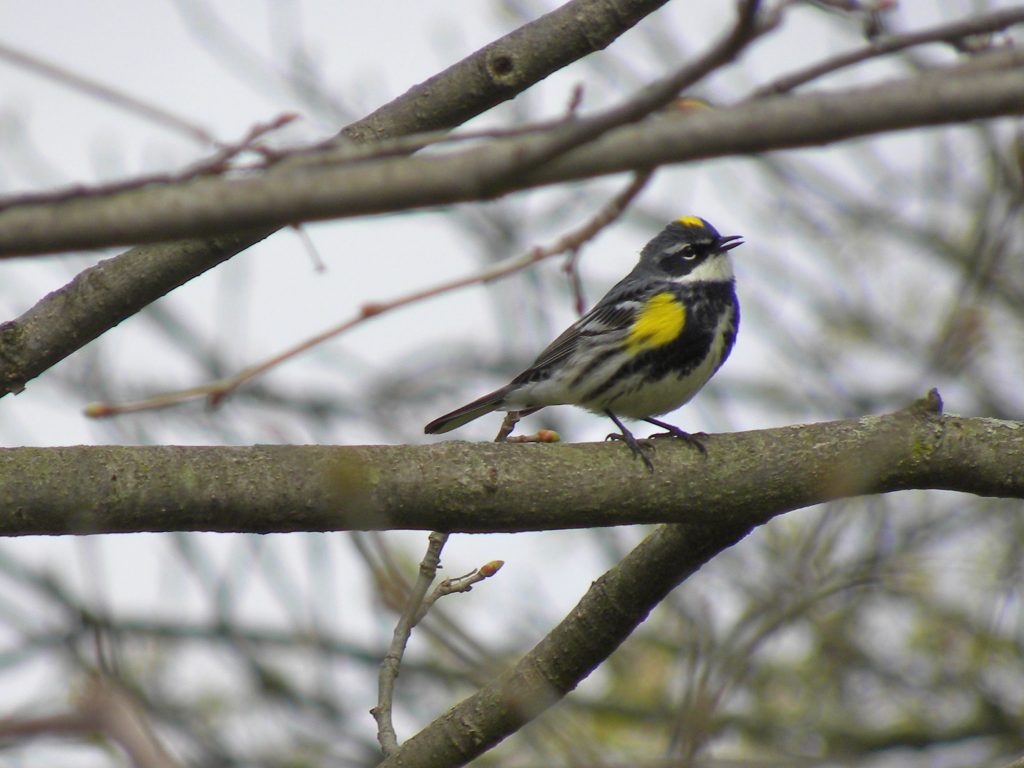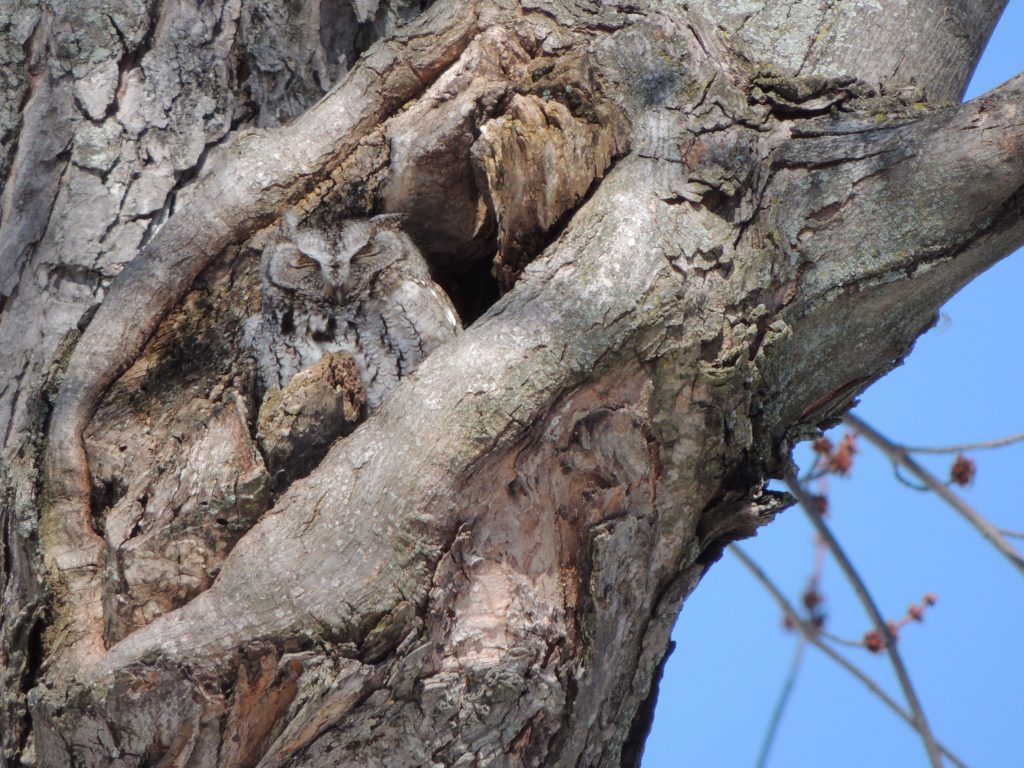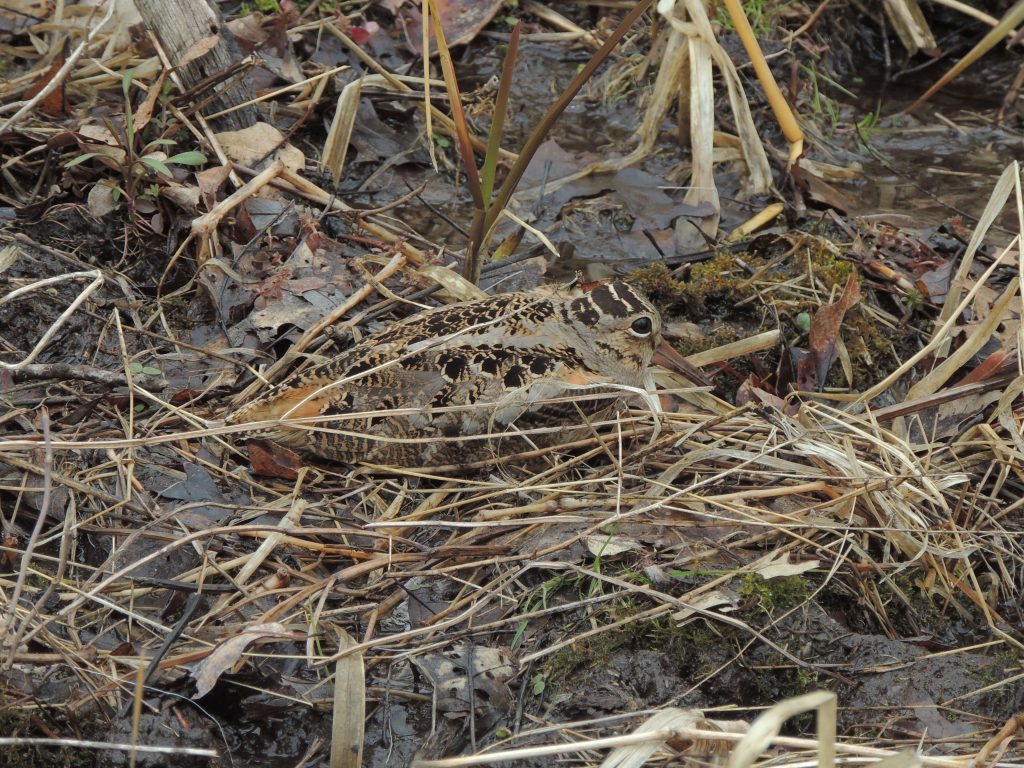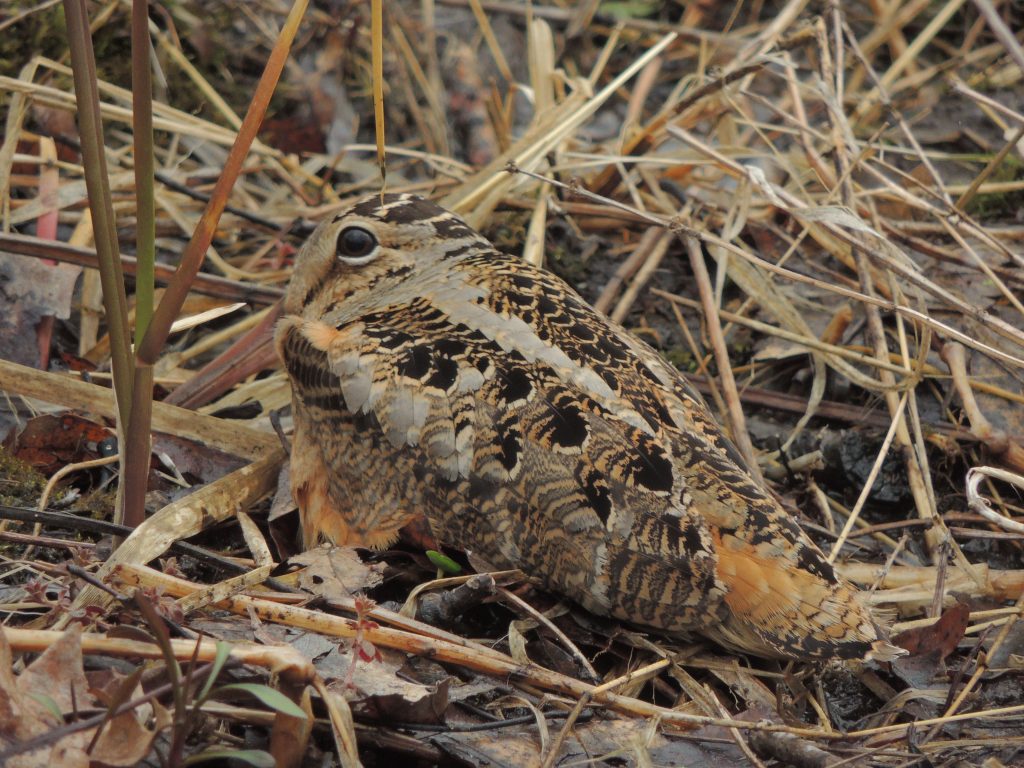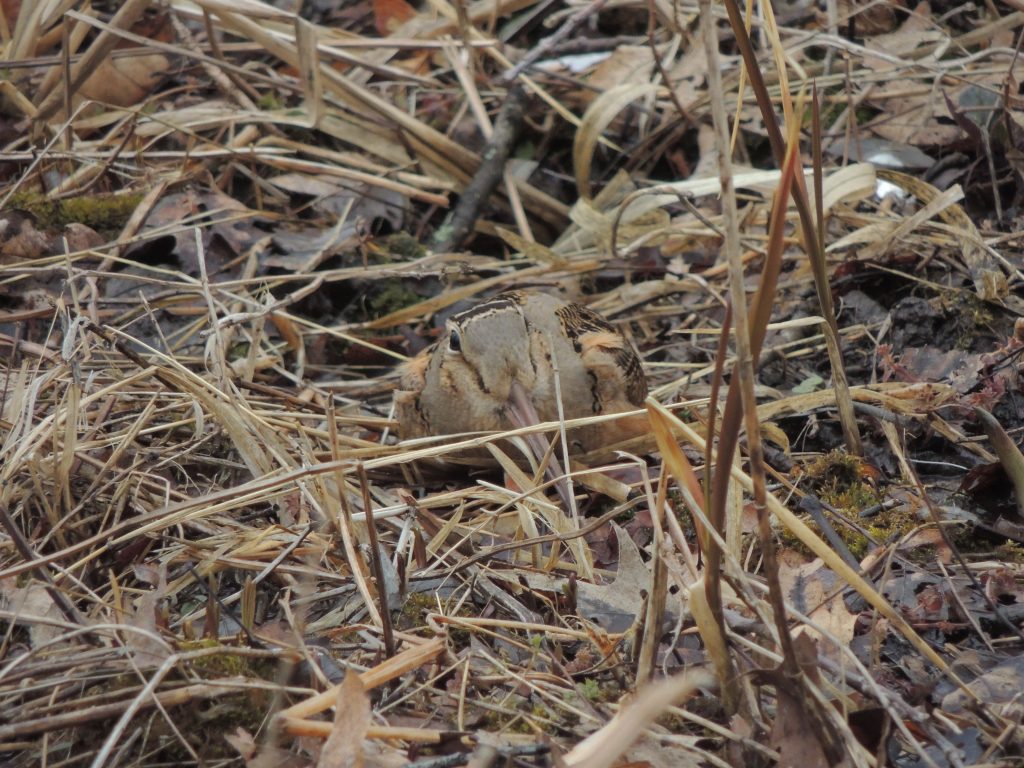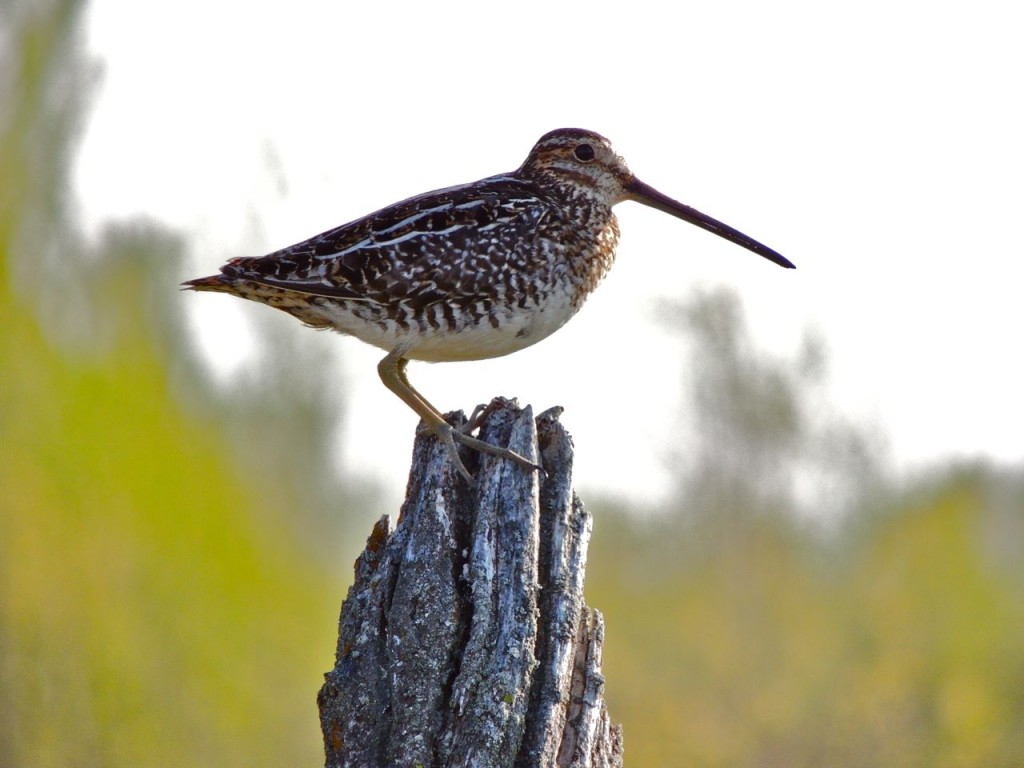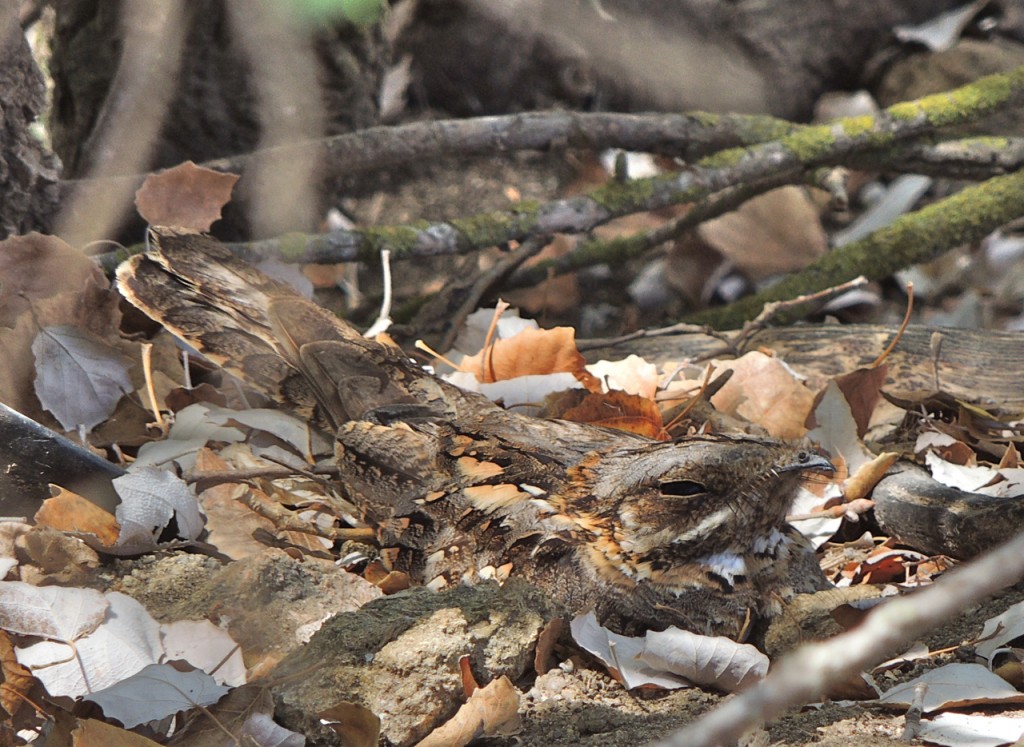May 6 2018 Hendrie Valley, RBG, Burlington, ON. There’s sort of an expectation in the contemplation of these postings that on a May day like this I’d come up with something, if not exotic, then at least semi-tropical as my Bird of the Day. We are at that point on the surfer’s wave where the fun begins. New, neo-tropical spring migrants are tumbling in and some warbler mornings can be breathtaking.
Today, ahead of the dog walkers and family groups, my companion, Lyn, and I walked a familiar transect route to identify all birds seen and heard. By the end of the morning we had seen, heard and counted 621 birds of fifty-nine species. I have to say we worked hard at it, Lyn kept a steady stream of sightings and counts coming at me. Easy for her, my job, as I saw it, was to keep it all organized and readable on one page of my field book.
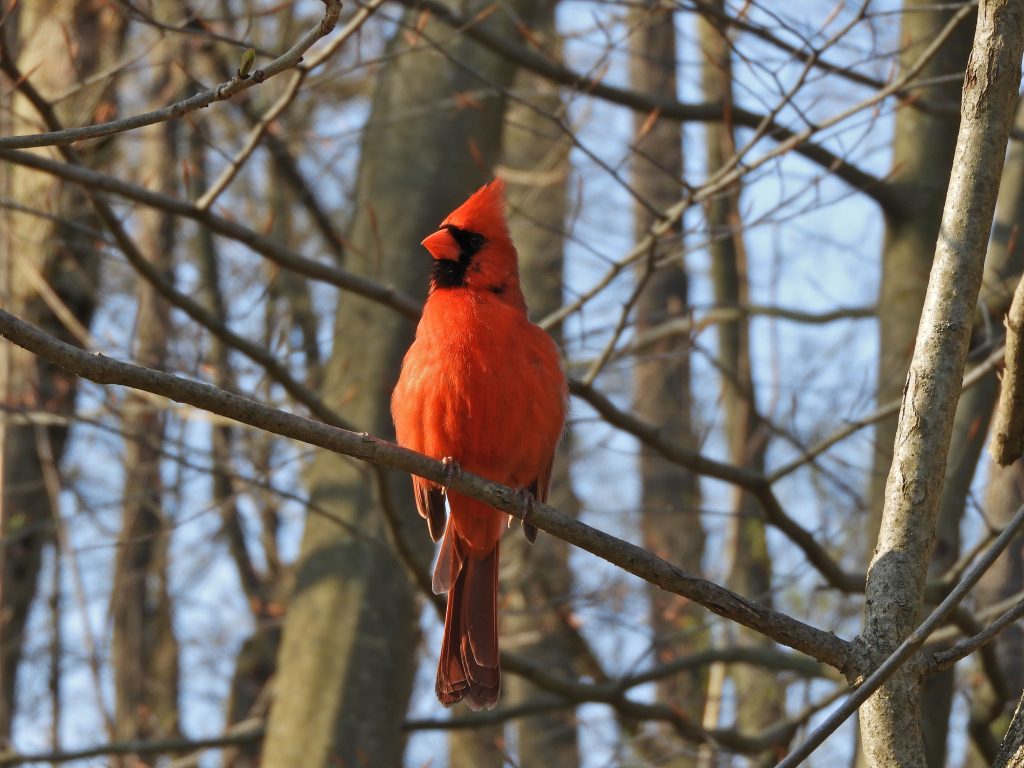
Our birds of summer included Yellow-rumped, Black and White, Chestnut-sided and Palm Warblers, Baltimore Orioles, Gray Catbirds, Great-crested Flycatchers, an Eastern Kingbird, Warbling Vireos and a first of the year Ruby-throated Hummingbird; all very satisfying and welcome. Our more common birds were in fine form too, a Green Heron, Northern Flickers, a Cooper’s Hawk and sparrows White-throated, Song and Swamp. For some reason I have a special place in my heart for Swamp Sparrows although I suspect some companions struggle to see what’s so special about a little brown bird that sings in soggy places.
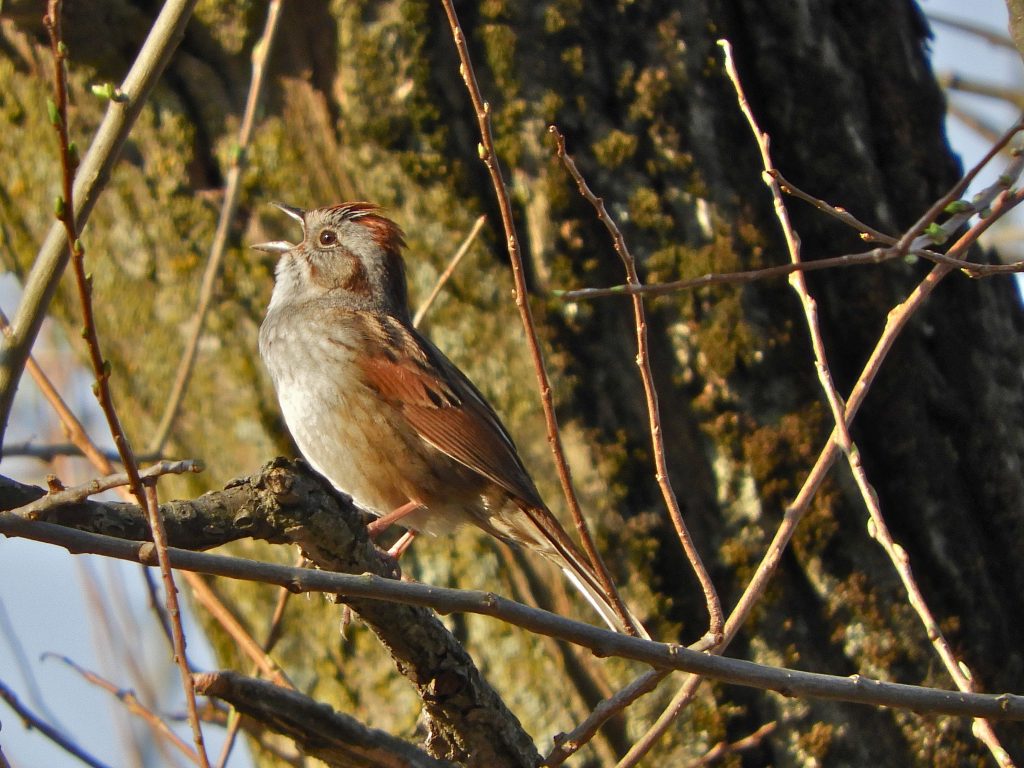
But, as the heading suggests it was an Eastern Screech Owl that stole the day. In the clamour of bird song, we were trying to separate Northern Cardinals from Carolina Wrens, Black-capped Chickadees, European Starlings and Red-winged Blackbirds from everyone else when a small background sound caught my attention: a low tremolo, familiar-ish but out of place; it was there for a moment and gone, only a whisper so I had to let it go. Minutes later I heard it again and was able to get Lyn to give it her attention, although at first she couldn’t help. We moved towards it and kept working and trying until somehow the sound moved to the foreground. It could only be a screech owl (unlikely during daylight hours) or perhaps a woodpecker drumming on a particularly resonant branch (plausible but a weak option). As I listened; Lyn scrutinized likely trees with possible nest cavities and then came a little exclamation, found it! Then took her binoculars off it and had to search all over again. But there it was, an Eastern Screech Owl overseeing the world around it and singing along, Bird of the Day.
